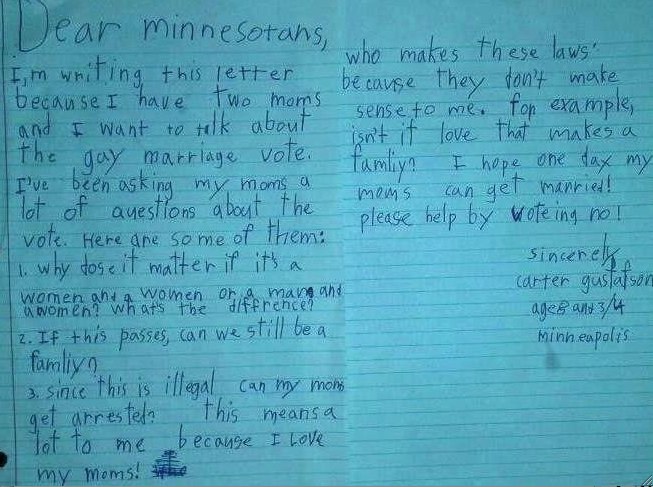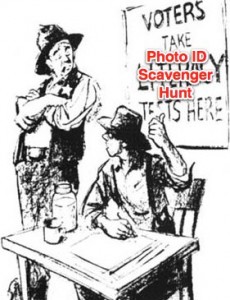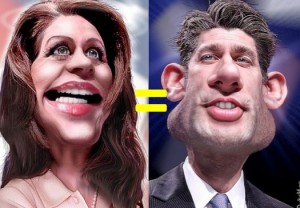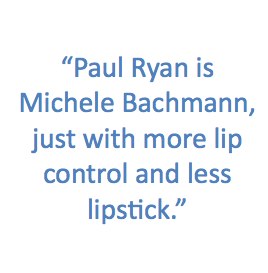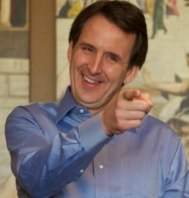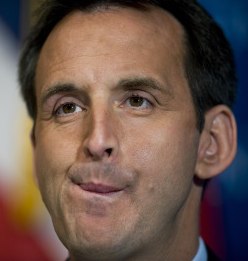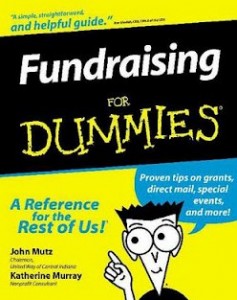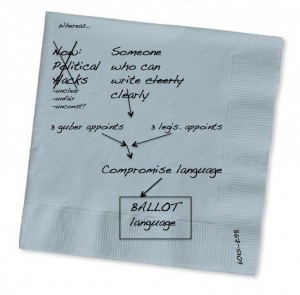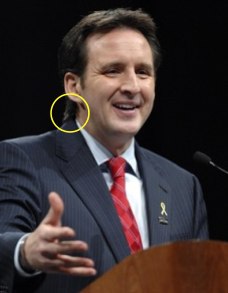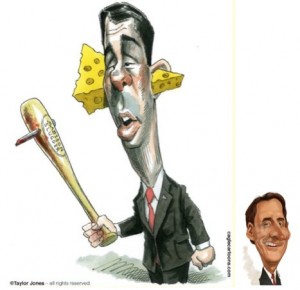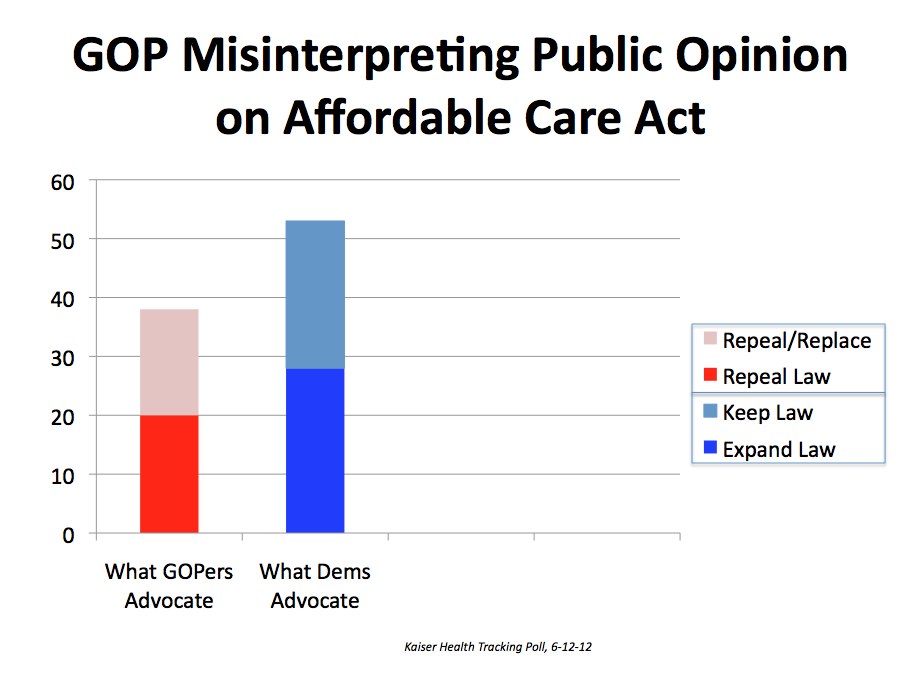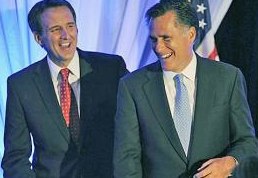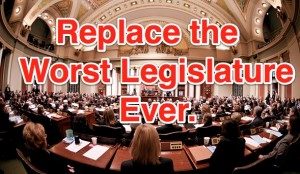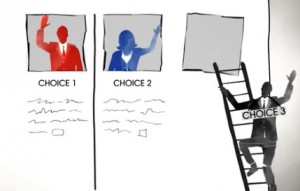 In Minnesota, we know a little bit about the power of a third party to swing an election, even when the third party doesn’t reach double digits in electoral support.
In Minnesota, we know a little bit about the power of a third party to swing an election, even when the third party doesn’t reach double digits in electoral support.
After all, Tim Pawlenty never would have been a two-term Governor, and subsequently on the verge of being nominated to be a heartbeat away from being the leader of the free world, without a lot of help from third parties.
In 2002, prominent DFL career politician Tim Penny won 16% of the electorate and Green Party Ken Pentel took another 2%. That may be why Pawlenty was able to defeat DFLer Roger Moe 44% to 36%. I’m not completely convinced about that, because Penny had more Republican appeal than a typical Democrat, but a former Democratic and Green candidate siphoning off 18% of the vote did look to be a net positive for Pawlenty.
In 2006, however, I’m convinced. Third parties clearly prevented Pawlenty from being swept out of office. Independence Party candidate Peter Hutchinson, who had served for years in prominent roles in DFL administrations, and Green Party candidate Ken Pentel combined to win 7% of the vote. With DFLer Mike Hatch only losing to Pawlenty by 1%, 46% to 45%, Pawlenty clearly would have lost the 2006 race without Hutchinson and Pentel on the ballot.
University of Minnesota political scientist Larry Jacobs concurs with this conclusion in a recent Nation article:
“Both elections featured Independent candidates, which exit polls showed drew more votes from Democrats in close races,” says Jacobs. “I looked closely at the data and there’s no doubt that Independence Party candidates accounted for Pawlenty’s margin, particularly in his re-election (in 2006).”
All of which leads me to one of the most significant, and underreported, political developments of 2012, the quiet demise of the potentially game-changing third party Americans Elect.
Americans Elect was the national third party movement that was to choose its nominee via an Internet-based “convention” this June and place them on the ballot nationally. It burst onto the political scene with fanfare, and the reform halo the news media tends to bestow upon third party movements. As New York Times columnist and bestselling author Thomas Friedman breathlessly described Americans Elect:
Make Way for the Radical Center
“What Amazon.com did to books, what the blogosphere did to newspapers, what the iPod did to music, what drugstore.com did to pharmacies, Americans Elect plans to do to the two-party duopoly that has dominated American political life — remove the barriers to real competition, flatten the incumbents and let the people in.”
Such hyperbole aside, the Americans Elect movement was gaining momentum. It was on the ballot in 28 states, including several swing states, such as Florida, Colorado, Michigan, New Mexico, Nevada and Ohio. The party-hating party was starting to look like a serious force in American presidential politics.
But the Americans Elect revolution crumbled before it formally began. Under Americans Elect rules, to win the nomination candidates had to first prove their viability by winning a minimum number of preliminary votes of support via a complex Internet voting system. As it turned out, no candidate met the viability threshold. So on May 15th, Americans Elect unceremoniously folded its e-tent, and will not have a nominee on any ballots after all.
Meaning, May 15th may turn out to be the luckiest day of Mitt Romney’s political life.
Here is why: The candidates who were leading contenders to get the Americans Elect nomination were Republican Congressman Ron Paul and Republican Governor Buddy Roemer. As I understand it, both Paul and Roemer supporters were fairly close to achieving the Americans Elect qualification requirements. (The Roemer campaign maintains that website irregularities held him back.)
If either of those Republicans had gotten on the ballots as Americans Elect candidates in key swing states, it’s not hard to imagine that they could have impacted the outcome of the General Election in President Obama’s favor, even if the Americans Elect nominee’s level of support stalled in the single digits.
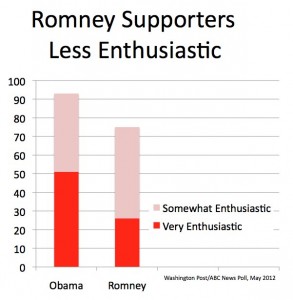 Both because Roemer and Paul are Republicans, and because the polls show that Republican Romney is not generating as much enthusiasm among his supporters as President Obama is, it would have been very bad news for Romney if Paul or Roemer had gotten their names on 28 state ballots. Unenthusiastic Romney supporters would be tempted by a Republican-leaning third party alternative right now, and it wouldn’t take very many defectors to impact what is expected to be a razor thin race.
Both because Roemer and Paul are Republicans, and because the polls show that Republican Romney is not generating as much enthusiasm among his supporters as President Obama is, it would have been very bad news for Romney if Paul or Roemer had gotten their names on 28 state ballots. Unenthusiastic Romney supporters would be tempted by a Republican-leaning third party alternative right now, and it wouldn’t take very many defectors to impact what is expected to be a razor thin race.
Because third parties are rarely a threat to win elections outright, it’s easy for pundits and political reporters to cavalierly dismiss their relevance. But if you want to understand what a difference a third party winning “only 7%” of the vote can make, and what a huge bullet Mitt Romney dodged on May 15th, Minnesota’s Mike Hatch could explain it to you.
Note: This post also was featured as a “best of the best” on MinnPost’s Blog Cabin feature.


